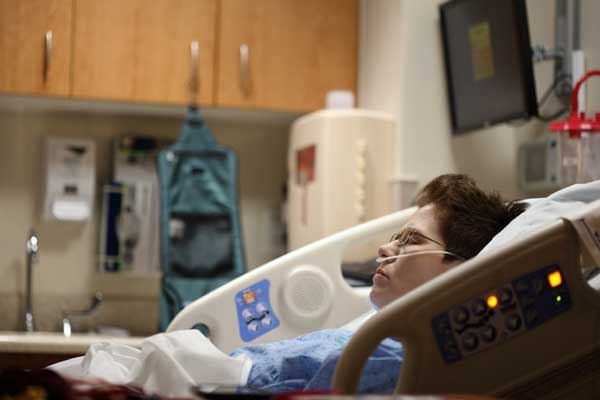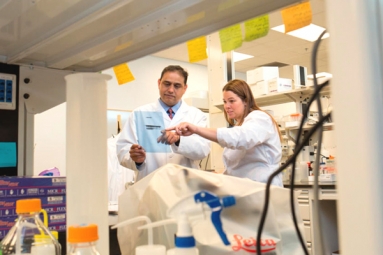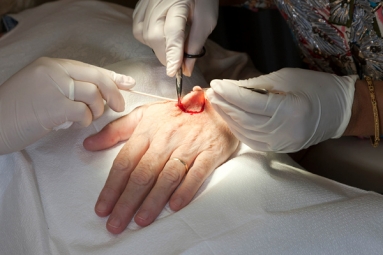Health Alert! Bacteria in Hospital Gowns, Equipment Can Lead to Severe Illness
July 16, 2019 13:02
A study led by an Indian origin scientist found that surgical gowns and stainless steel stay around contaminated with the pathogen Clostridium difficile although after being treated with the recommended bactericide.
"The spores of the bacteria were able to grow after decontamination," said Tina Joshi, Lecturer in Molecular Microbiology, University of Plymouth, UK. "This shows that spores are becoming resistant and we need to reconsider how we decontaminate and employ hygiene measures in hospitals," Joshi said.
Clostridium difficile (C. diff) infects roughly half a million Americans every year, killing 29,000.
The study, published in the journal Clinical Microbiology Reviews, says that new strains are accountable for difficult-to-treat cases of severe sickness.
The symptoms can range from looseness of the bowels to fever, rapid heartbeat, inflammation of the intestines, and kidney failure. This pathogen often affects older adults in medical centers and in long-term care facilities.
The motive for the research was an instance in an American hospital in which gowns were suspected of contributing to the transmission of C. diff, said Joshi.
The surgical gowns were found to be contaminated with the fatal 027 strain of C. diff. The researchers examined the ability of C. diff to stick to, and subsequently transfer from hospital surgical gowns, by applying spores in sterilized water, at a concentration of one million per millilitre (ml), directly to the surgical gowns in fluid for 10 seconds, 30 seconds, one minute, five minutes, and 10 minutes before being removed and cast-off.
“That methodology was designed to mimic the transfer of infectious bodily fluids in the clinical setting in order to assess the potential for transmission to patients. The numbers of spores recovered from gowns did not increase with the contact time, suggesting that the spore transfer between surfaces occurred within the first 10 seconds of contact,” said Joshi.
The researchers say that the gowns which are inefficient at trapping spores within their fibers and putting a stop to the advancing transmission of spores as demonstrated by spore recovery from the gowns. This calls attention to the significance of making sure that single-use surgical isolation gowns are used suitably in infection control and prevention.
The gowns were in the end treated with a disinfectant carrying 1,000 ppm chlorine for 10 minutes. The disinfectant is found deficient to clear the gowns of C. diff. That "showed that the gowns can pick up and retain the spores," said Joshi. The spores on vinyl flooring and stainless steel also continued to exist viable even after treatment with the disinfectant.
"Due to this resistance, it may be prudent to reconsider how much biocide we use currently, and to ensure infection control is standardized. This work can be applied to hospitals anywhere in the world, and should help inform future guidelines on infection control and biocides," said Joshi.
By Sowmya Sangam









